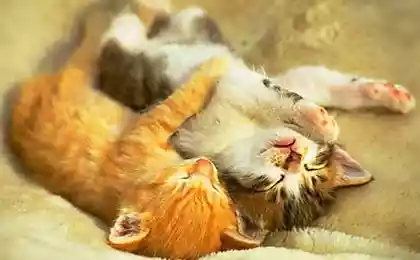3551
The secret of Arabic numerals

Writing Arabic numerals consisted of straight lines, where the number of angles corresponds to a sign. Probably someone from the Arab mathematicians once suggested
idea - associate a numerical value to the number of digits in the corners of her faces. So, look at the original image of Arabic numerals and see that:

0 - a figure without a single angle Inscription;
1 - contains one acute angle;
2 - contains two acute angles;
3 - includes three acute angles (right, Arabic numerals mark obtained by writing the number 3 when filling a zip on the envelope);
4 - contains 4 right angles (this explains the presence of a "tail" at the bottom of the figures does not affect its recognition and identification);
5 - There are 5 angles (appointment lower tail - the same thing that the figures 4 - completion of the last corner);
6 - contains 6 angles;
7 - contains 7 lines and sharp angles (right, the Arabic writing numbers 7 differs from that shown in the figure by the presence of a hyphen, crossing at right angles to the vertical line down the middle (remember how we write the number 7), which gives 4 right angles and angle gives 3 even the upper broken line);
8 - contains 8 right angles;
9 - contains 9 angles (this explains so intricate lower tail at nine, which was to finish as much as 3 angle to their total number was equal to 9. Since the angles smoothed out, and the figures we acquired the usual kind. For many centuries all Arab world uses a system of writing numbers. These ten icons can be easily expressed great value. By the way, the word "figure" is also an Arab. Arab mathematicians Indian word translated "Sunya" within the meaning into their own language. Instead of "Sunya" they said, "Cipher" or "digits", and it is already familiar to us the word. So the word "figure" is inherited from the Arabs and got us.
Source: mirfactov.com/






















